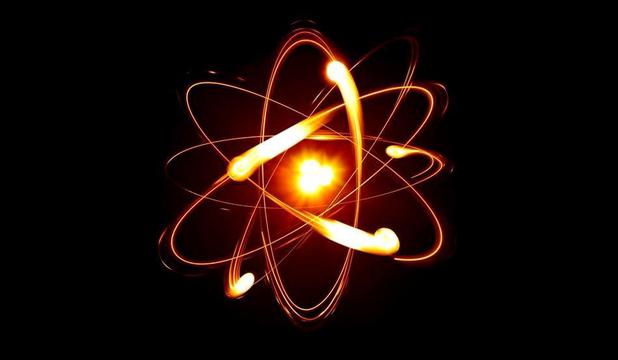 |
| Quantum computing has long dangled the possibility of superfast, super-efficient processing, and now search giant Google has jumped on board that future. popsci.com |
US researchers succeeded in creating elementary particles using quantum computers with 512 qubits quantum bit. They estimate that 10 are needed at the power of 500 qubits or 1, e + 500 qubits to simulate the entire universe with all its fundamental particles. Each atom is composed of electrons, protons and neutrons, and each of these particles consists of 1 (electron) or 3 quartz
In quantum computing, a qubit or quantum bit (sometimes qbit) is the basic unit of quantum information—the quantum version of the classical binary bit physically realized with a two-state device. A qubit is a two-state (or two-level) quantum-mechanical system, one of the simplest quantum systems displaying the weirdness of quantum mechanics. Examples include: the spin of the electron in which the two levels can be taken as spin up and spin down; or the polarization of a single photon in which the two states can be taken to be the vertical polarization and the horizontal polarization. In a classical system, a bit would have to be in one state or the other. However, quantum mechanics allows the qubit to be in a coherent superposition of both states/levels at the same time, a property that is fundamental to quantum mechanics and thus quantum computing.
 |
| Autodesk qubits-explained |
Each quark consists of 6 fundamental particles with different spin In particle physics, an elementary particle or fundamental particle is a subatomic particle with no substructure, thus not composed of other particles. Particles currently thought to be elementary include the fundamental fermions (quarks, leptons, antiquarks, and antileptons), which generally are "matter particles" and "antimatter particles", as well as the fundamental bosons (gauge bosons and the Higgs boson), which generally are "force particles" that mediate interactions among fermions. A particle containing two or more elementary particles is a composite particle.
Everyday matter is composed of atoms, once presumed to be matter's elementary particles—atom meaning "unable to cut" in Greek—although the atom's existence remained controversial until about 1910, as some leading physicists regarded molecules as mathematical illusions, and matter as ultimately composed of energy. Soon, subatomic constituents of the atom were identified. As the 1930s opened, the electron and the proton had been observed[citation needed], along with the photon, the particle of electromagnetic radiation. At that time, the recent advent of quantum mechanics was radically altering the conception of particles, as a single particle could seemingly span a field as would a wave, a paradox still eluding satisfactory explanation
The energy behind them is the same, only the mathematical equations that are those smells and spins are different
Therefore, this universal simulation is made up of immense energy and intense computational effort
 |
| Scientists simulate the Universe's birth (Credit: Patrick Landmann/Science Photo Library) |
They believe that most of the characters in the local universe containing 7 trillions of galaxies, of which 250 billion stars, the rest being in the nebula;
Each galaxy is composed of a central black hole and between 100 and 1,000 billion stars
each star has between 10 and 100 planets
Each planet can have hundreds of natural satellites (Jupiter in our solar system as a gas giant)
and on every planet or satellite that meets the conditions can live billions of intelligent beings and trillions of beings in total
 |
| tecreview.tec |
Well most of the characters are simulated they do not have the spirit of being outside the universe
however, the purpose of this gigantic simulation is historical, the purpose being to find out how the universe would evolve if some key characters would have done other things in life
that is, if a political leader like myself would live in poverty, he would not join a political party and would not become a president ...
The voice in the brain tells me that I have accomplished 93% of what I had to do until now, although only 20% of my real life has been respected it's actually pretty boring to follow your life's schedule as it's already just you know what you've done or suspect.
Other articles on the same theme:















